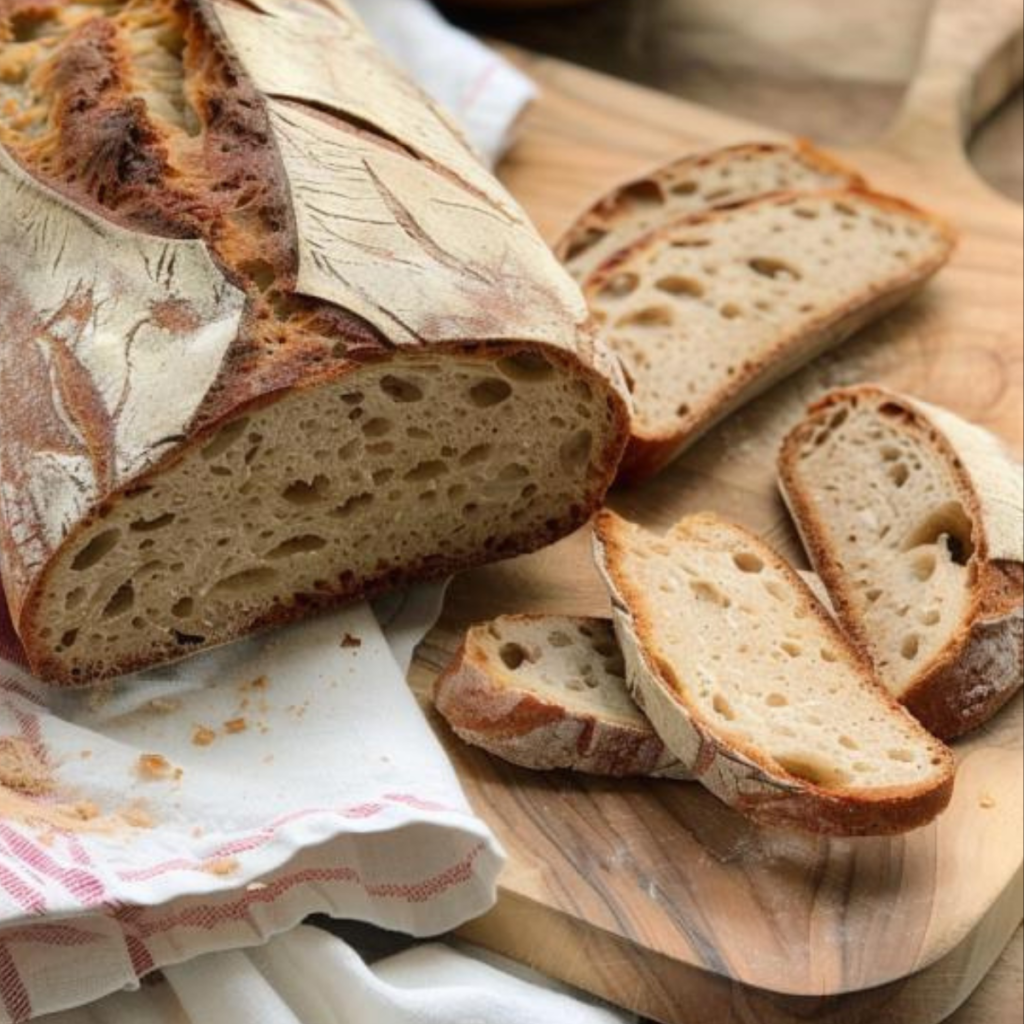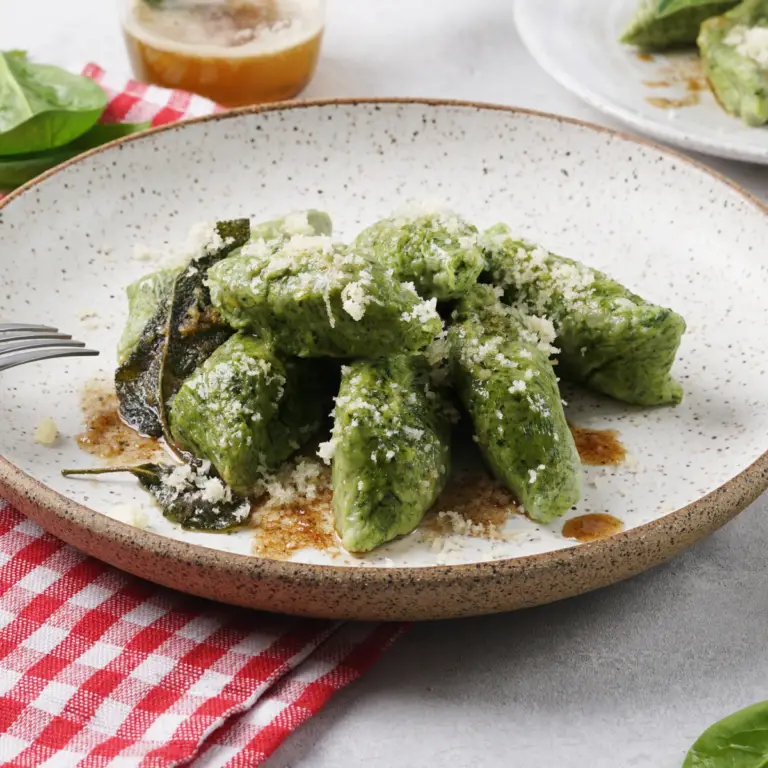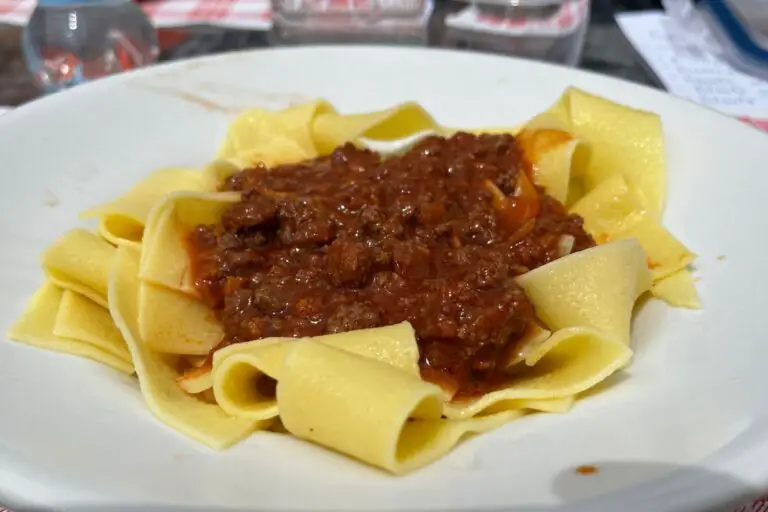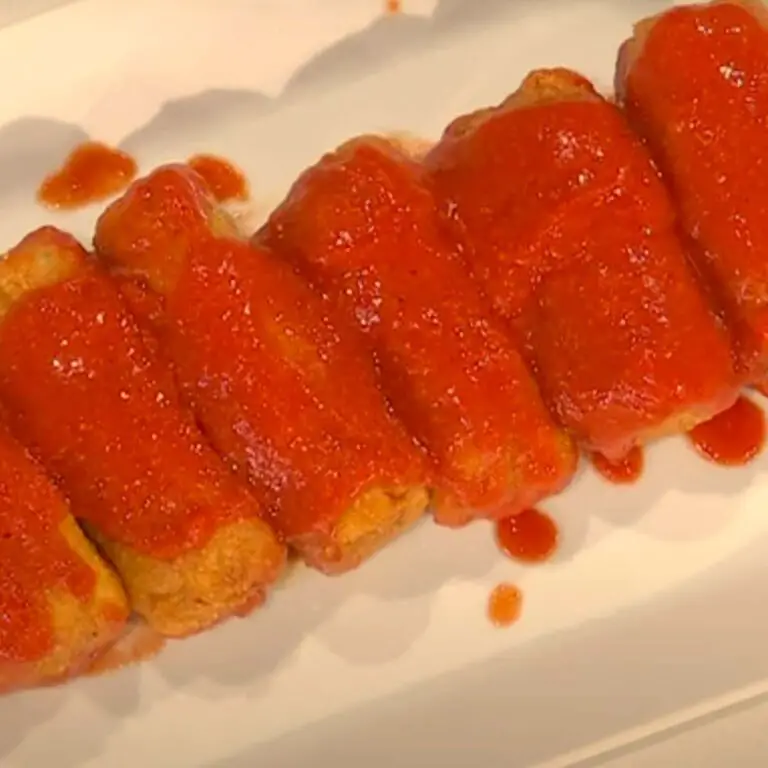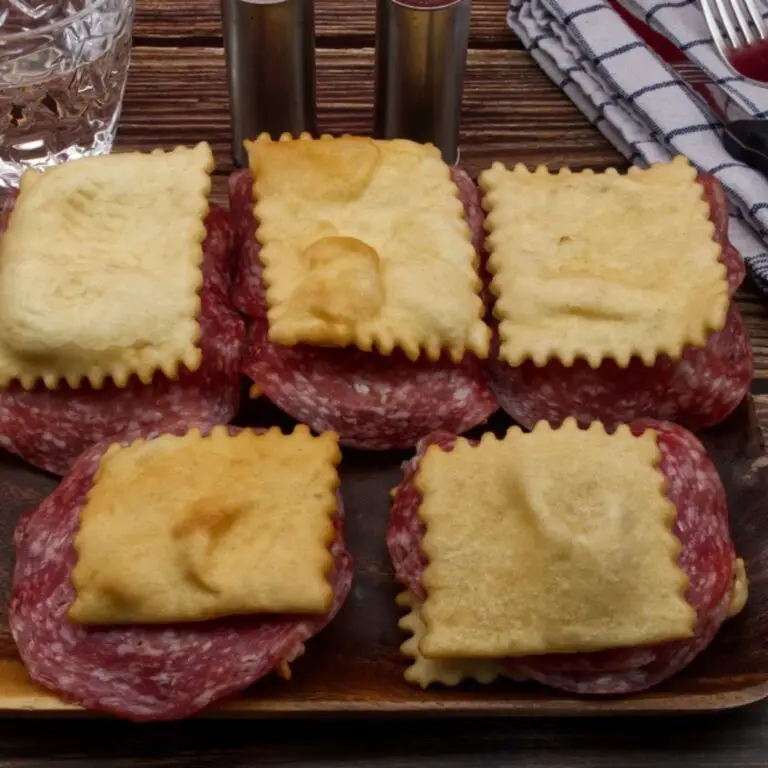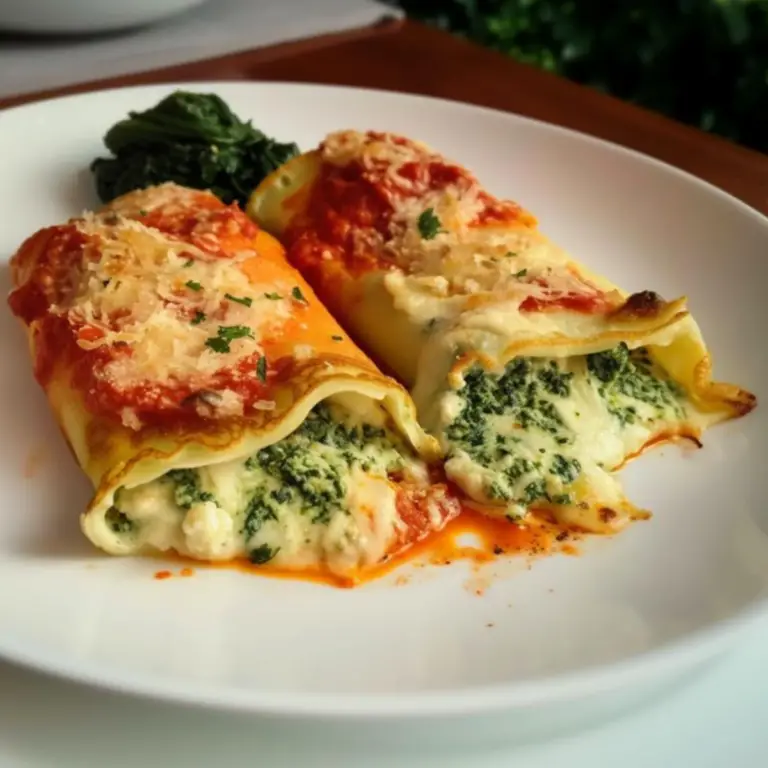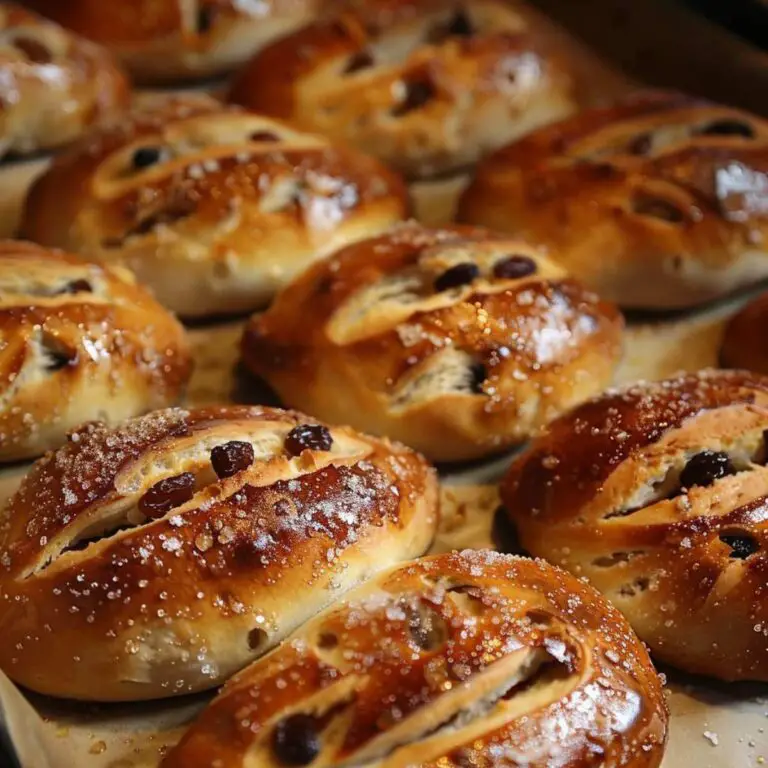The Garfagnana potato bread, also known as “garfagnanino,” is part of an ancient tradition, born to compensate for the bad grain harvests and then survived over the centuries, becoming a specialty of the area. Fortunately, today we bake it not out of necessity, but because it’s delicious and serves as an excellent accompaniment to cured meats and cheeses.
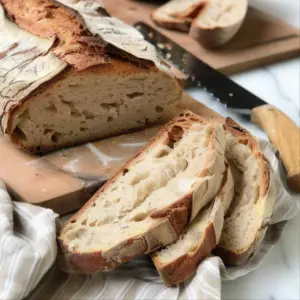
Garfagnana Potato Bread
Equipment
- Knife
- Mixer
- Large bowl
- Plastic wrap
- Baking sheet
- Clean cloth
- Refrigerator
Ingredients
- 2 ⅓ cups semolina flour re-milled durum wheat
- ⅓ cup potato puree from yellow potatoes
- ¾ cup water
- ⅓ cup sourdough starter or a mix of 2.4 oz. liquid sourdough and 1.2 oz. flour
- 2 teaspoons salt
Instructions
- Boil Potatoes: Start by boiling your potatoes until soft. Mash them into a puree and let cool.⅓ cup potato puree
- Begin Autolysis: Mix the flour with ⅔ of the water to start the autolysis process. Cover the mixture with plastic wrap and let it rest for about 3 hours.2 ⅓ cups semolina flour, ¾ cup water
- Combine Ingredients: In your mixer's bowl, combine the autolyzed flour, potato puree, sourdough starter, and the remaining water. Use the dough hook and mix for about 15 minutes until you get a smooth dough. Add salt, mix until well incorporated, then transfer the dough to a work surface.⅓ cup sourdough starter, 2 teaspoons salt
- Knead Dough: Knead the dough with your fists for a couple of minutes until compact. Cover with an inverted bowl and let it rest for 30 minutes.
- Fold Dough: After resting, flatten the dough into a square, fold it over itself in thirds, cover, and let rest again for 30 minutes. Repeat the folding process, cover, and let it rest for another hour and a half, with a final 15-minute rest after the last set of folds.
- Shape and Proof: Shape the dough into a tight ball. Place it in a basket or bowl lined with a clean, semolina-dusted cloth. Cover with the cloth and then plastic wrap. Let it sit at room temperature for 1 hour, then refrigerate for 18 hours.
- Bake: Bring the dough to room temperature and let it rise for about 2 hours. Once doubled, score the top, then bake at 425°F with a small pan of water in the oven for the first 20 minutes. Remove the pan and bake for another 20 minutes or until the bottom sounds hollow when tapped. Cool before slicing.
Notes
- Substituting Flour: For Garfagnana Potato Bread, you can use all-purpose flour instead of semolina flour. Expect a softer texture and a slight change in flavor, though it will still be delicious with a rich potato taste.
- Autolysis Explained: In bread making, autolysis involves mixing flour and water and allowing them to rest before adding yeast and other ingredients. This process hydrates the flour, begins gluten development without kneading, and ultimately improves the dough’s structure and flavor. It’s beneficial for both hard flours like semolina and all-purpose flour.
From the Heart of Garfagnana: Why Pane di Patate Stands Out
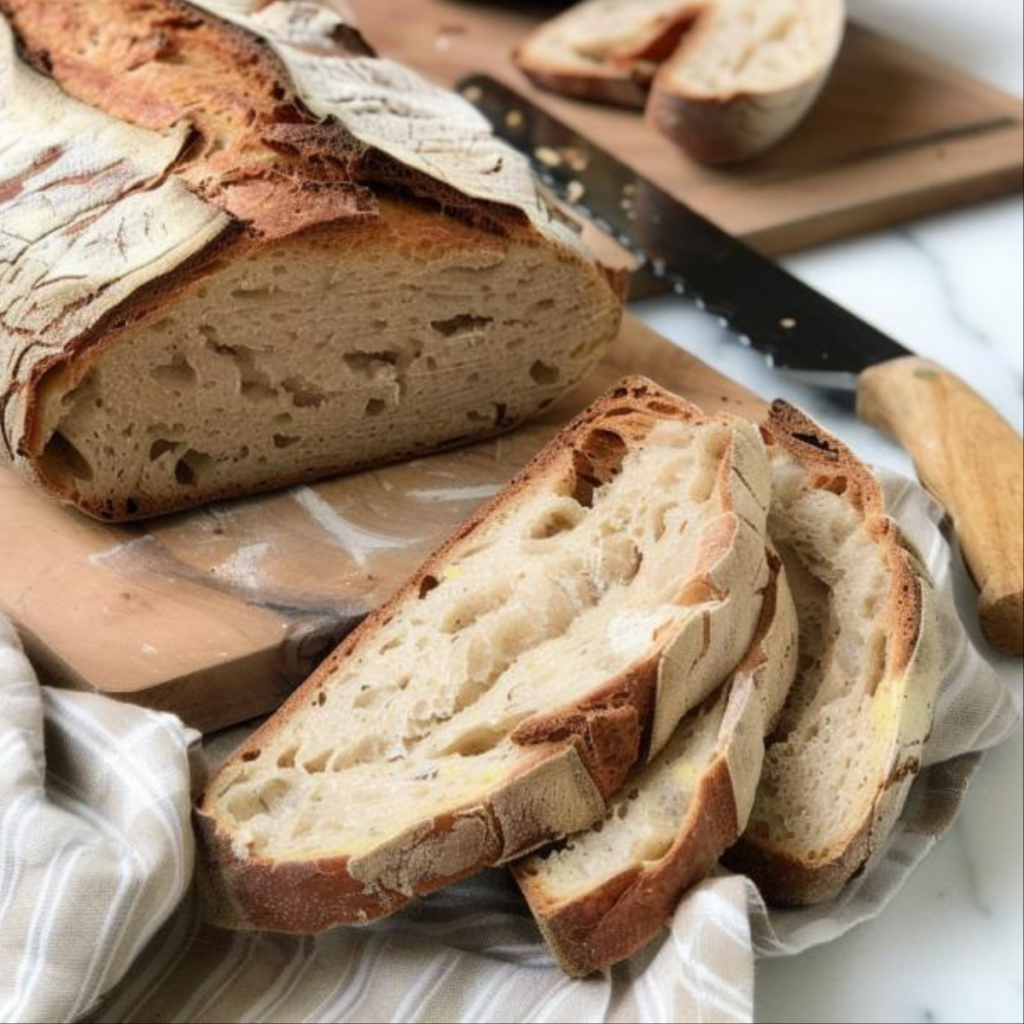
As I share this recipe, it’s important to remember that Pane di Patate (Potato Bread) is more than just bread. It’s a celebration of a tradition that has woven potatoes into the very fabric of local cuisine, distinguishing itself with a flavor profile that is as unique as the region from which it hails.
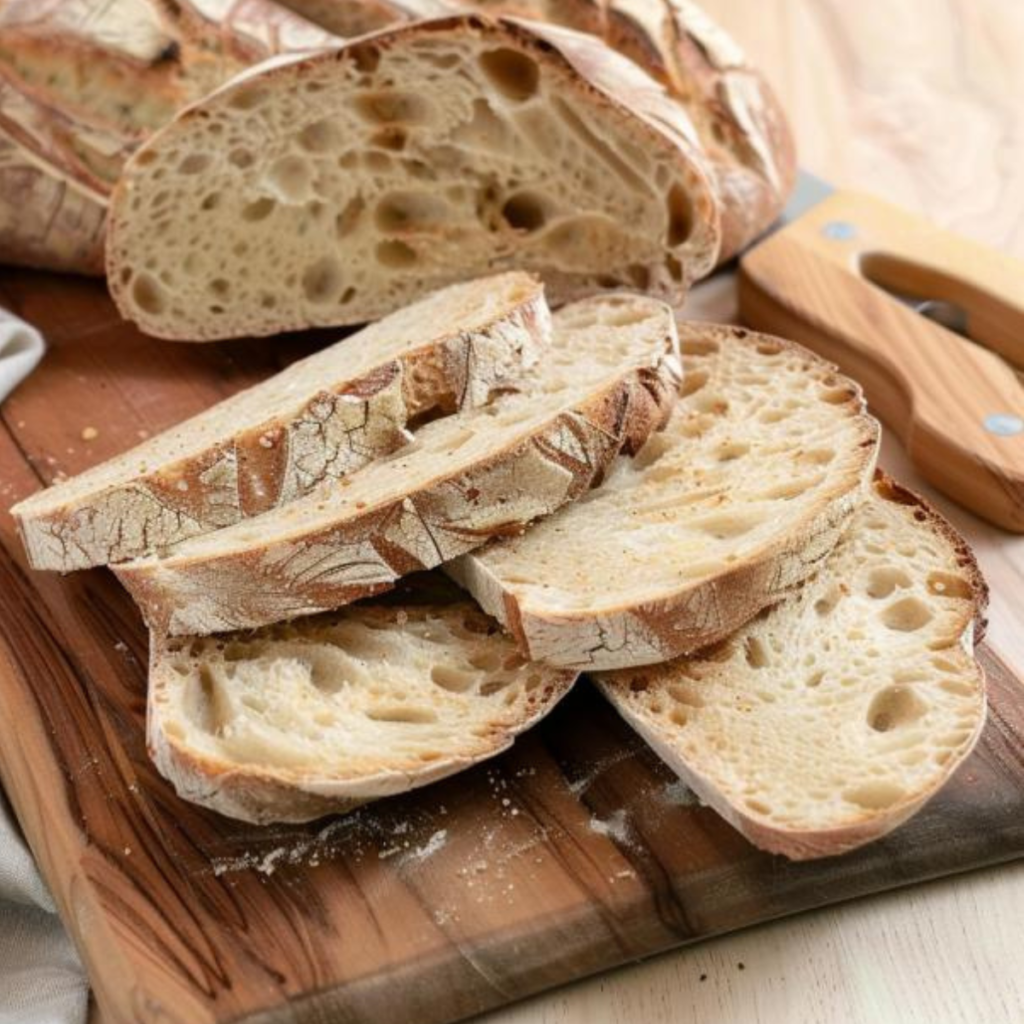
This bread embodies the essence of Garfagnana, where the humble potato is transformed into an exquisite culinary experience. For those intrigued by the culinary heritage of Lucca and eager to explore more, I encourage a visit to the link, where the flavors of Garfagnana come to life through its traditional dishes.
